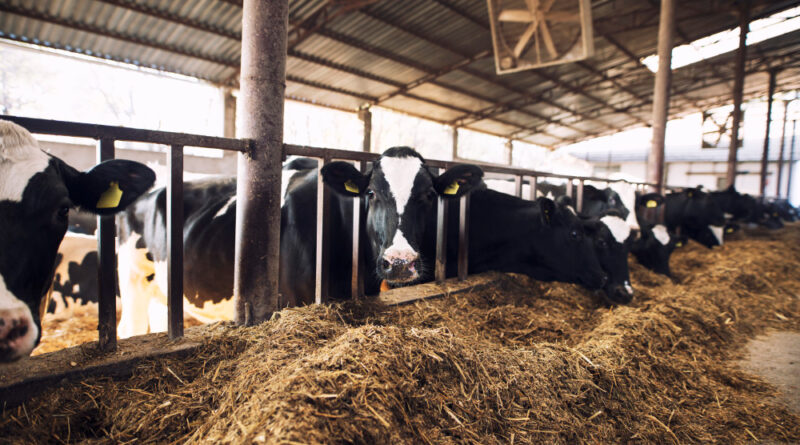The Art of Cow Breeding: A Guide to Improving Your Herd
Cow breeding is an essential aspect of producing healthy and productive herds. The process of cow breeding involves choosing the right breed, selecting the best bulls, and implementing sound breeding practices. The breeding process plays a critical role in improving milk production, meat quality, and overall herd health. In this blog, we will explore the art of cow breeding and the key factors that can help you improve your herd’s productivity and profitability.
- Choose the Right Breed: The first step in cow breeding is choosing the right breed. The right breed will depend on your specific goals and objectives. For instance, if you are looking to improve milk production, you may want to consider breeds like Holstein, Jersey, or Brown Swiss. On the other hand, if you are looking for beef production, you may want to consider breeds like Angus, Hereford, or Charolais. Choosing the right breed will help you achieve your desired outcomes.
- Select the Best Bulls: The next step in cow breeding is selecting the best bulls. When choosing a bull, look for traits that complement your cow herd. Bulls with good genetics for milk production, growth rate, and disease resistance are key to improving the overall performance of your herd. You can use artificial insemination (AI) or natural breeding to introduce these genetics into your herd.
- Implement Sound Breeding Practices: Once you have chosen the right breed and selected the best bulls, the next step is to implement sound breeding practices. Breeding practices are essential in ensuring the success of your cow breeding program. You should keep accurate breeding records to track the performance of your herd and make informed breeding decisions. Additionally, you should ensure that your cows are healthy and well-fed to produce high-quality offspring.
- Use Technology: Technology is playing an increasing role in cow breeding. For instance, genetics testing is becoming more prevalent in selecting the best bulls for breeding. You can also use sexed semen to control the gender of your offspring, which can be useful in producing replacement heifers or increasing beef production. Embryo transfer technology can also be used to produce multiple offspring from your best cows.
- Monitor Your Herd: The final step in cow breeding is to monitor your herd closely. Regular monitoring can help you detect any health issues early and ensure that your herd stays healthy and productive. You should keep accurate records of milk production, growth rates, and other performance indicators to monitor the progress of your breeding program. Regular veterinarian checks can help you detect any issues early and ensure that your herd stays healthy.
Cow breeding is a complex and challenging process that requires careful consideration of various factors. By choosing the right breed, selecting the best bulls, implementing sound breeding practices, using technology, and monitoring your herd closely, you can improve your herd’s productivity and profitability. With the right approach, cow breeding can be a rewarding and fulfilling activity that contributes to the growth and development of your farm.

